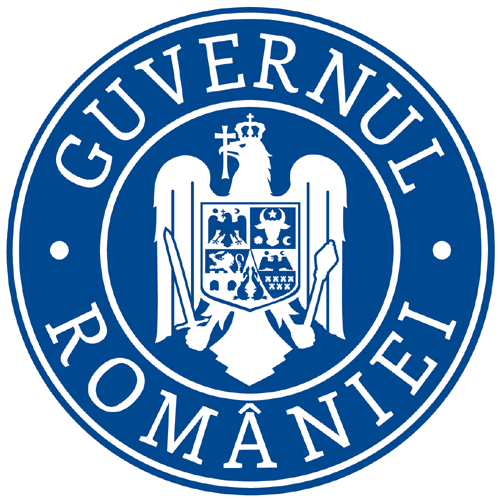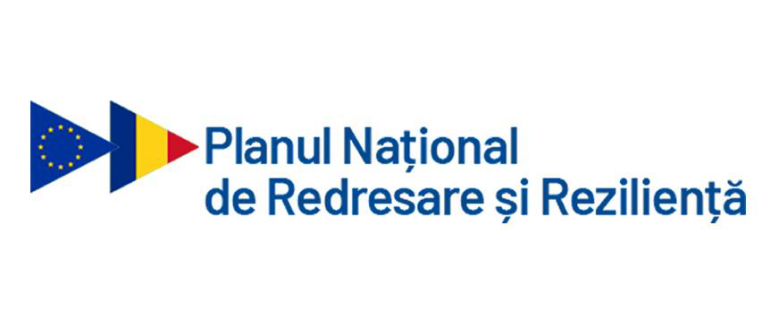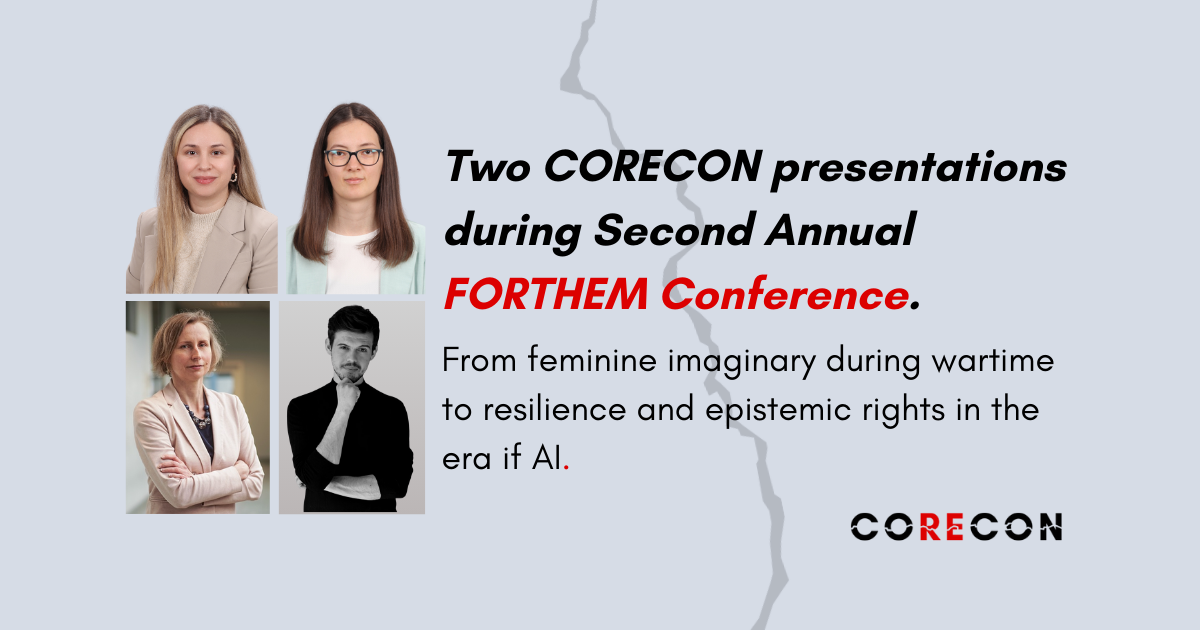The Second FORTHEM Conference – Connecting Science and Society – provided a valuable platform for academic exchange on variety of pressing issues. Among the diverse talks, two CORECON presentations explored how war coverage and media representations shape public perceptions and democratic resilience.
In one speech, presenters BÂLC Denisa-Maria and TICĂRĂU Iulia-Maria examined the role of multimodality in constructing the feminine imaginary within Romanian mainstream media concerning the Russian-Ukrainian conflict. Their study analyzed 76 news reports published between 24 February 2022 and 31 December 2022 on platforms such as hotnews.ro, stirileprotv.ro, libertatea.ro, stiripesurse.ro, romaniatv.net, and digi24.ro. By employing a combined approach of visual rhetoric and mixed-methods analysis, they revealed a dual narrative: women are depicted as active participants in political and military arenas, yet the accompanying imagery often reinforces traditional stereotypes by emphasizing vulnerability, emotional involvement, and physical beauty. Moreover, the study highlighted how visual elements contribute to shaping a collective feminine identity in military conflicts—positioning women as emblematic figures in the broader struggle for freedom while simultaneously constraining the scope of their representation.
Another presentation by Katarzyna Molek-Kozakowska and Robert Radziej addressed the evolving landscape of war reporting in the era of artificial intelligence. Their session focused on the challenges of maintaining epistemic rights and securing high-quality information in a digital age increasingly dominated by major tech companies. Drawing on insights from the CORECON project (2024-2026), they underscored the importance of media literacy and resilience—particularly for younger audiences who rely on AI-driven tools for rapid news updates. A notable part of their discussion involved an experiment with ChatGPT-4, which demonstrated that the AI provided varying details on the causes and possible scenarios of the war to different users. This finding raised important questions about consistency, bias, and the overall reliability of automated content in shaping public discourse.
The CORECON presentations at the Second FORTHEM Conference offered insights into the intersection of media, gender, and technology, emphasizing the role of visual narratives and AI regarding war coverage. Reflecting on multimodal analysis and AI-driven content, the presenters highlighted challenges related to stereotypes, information security, and media literacy. These discussions underscore the importance of critical engagement with media and technology to promote informed perspectives and democratic resilience in times of conflict. You may find both presentation in the Results tab here.
Text by Robert Radziej





